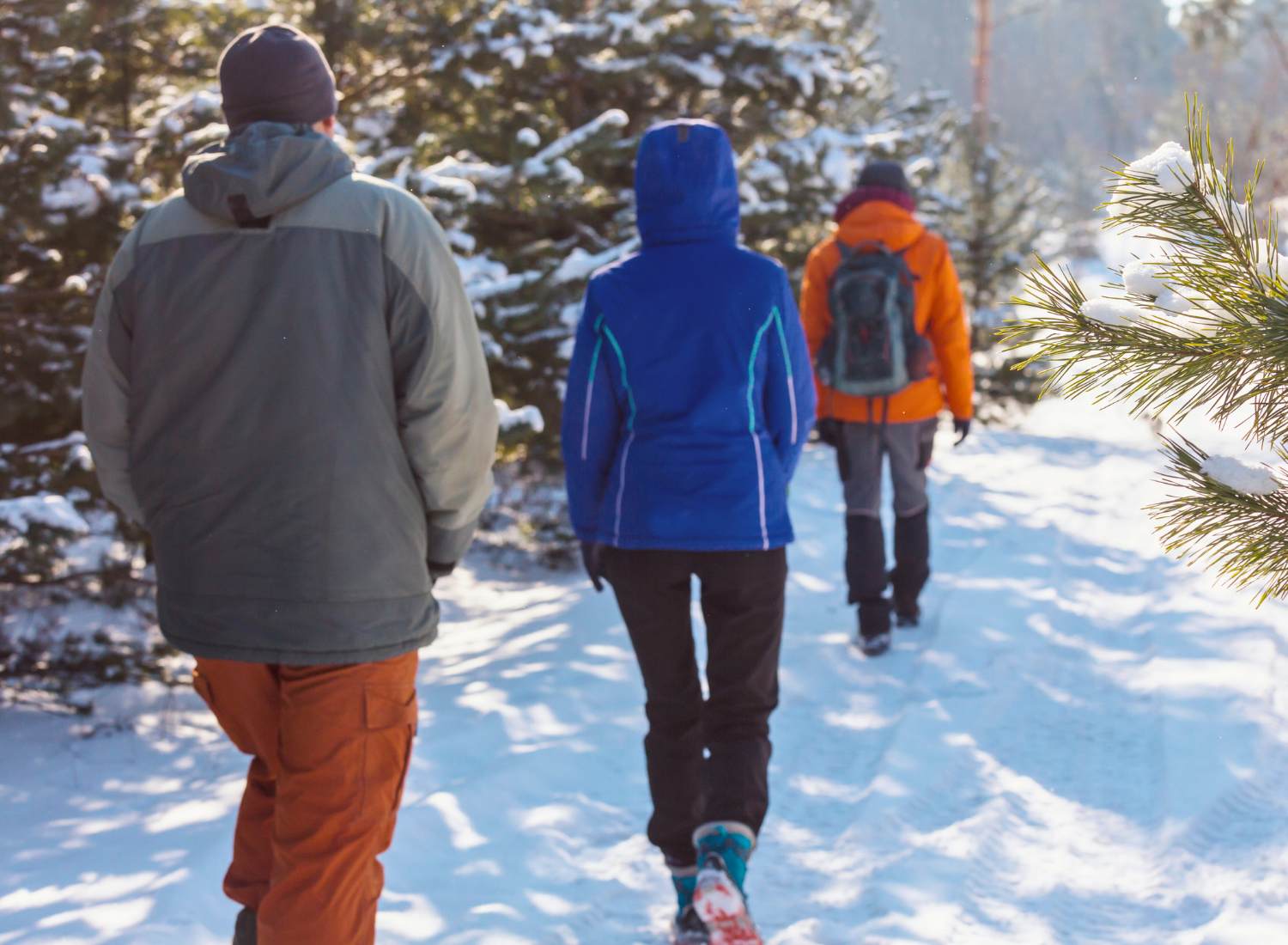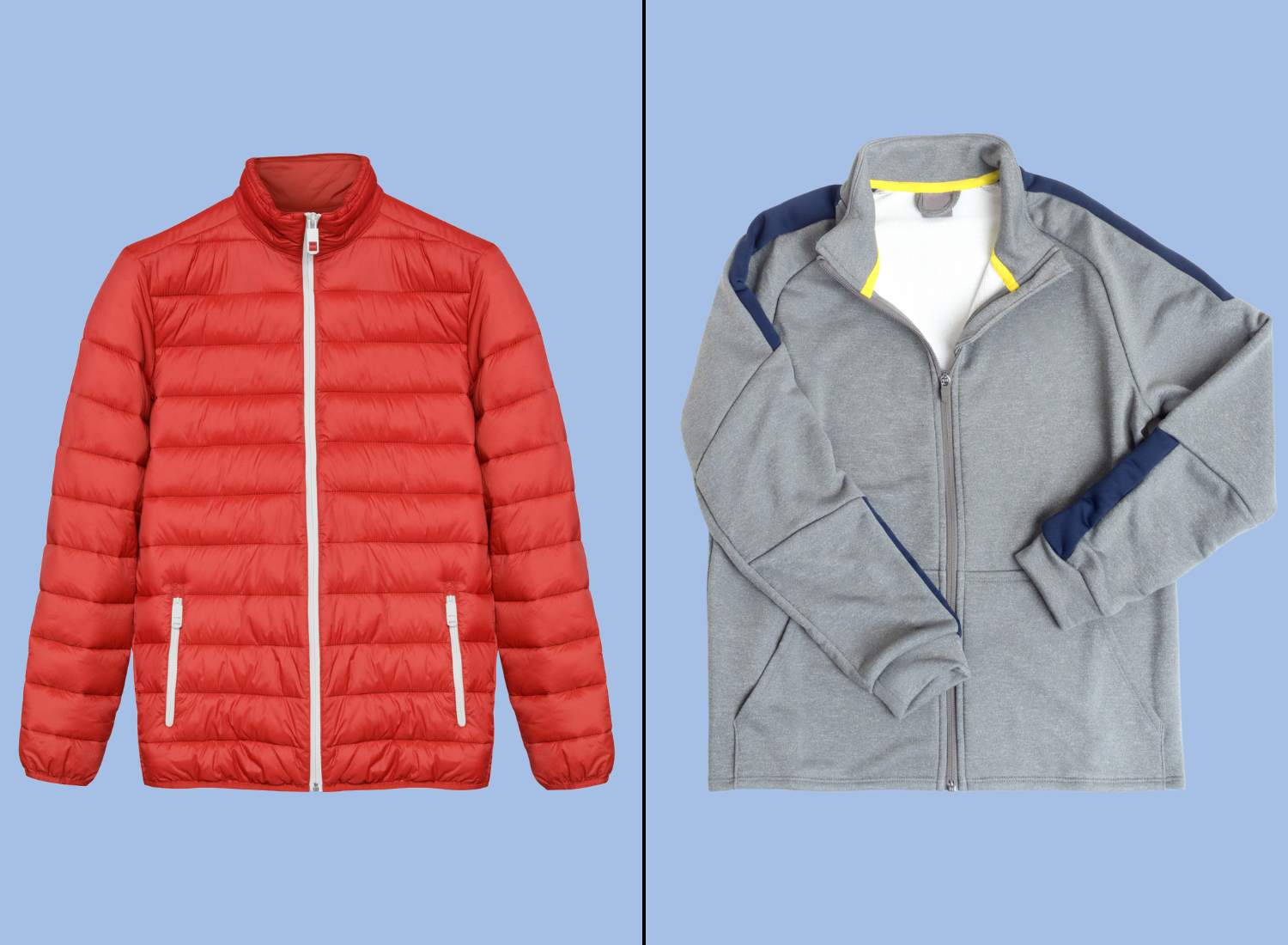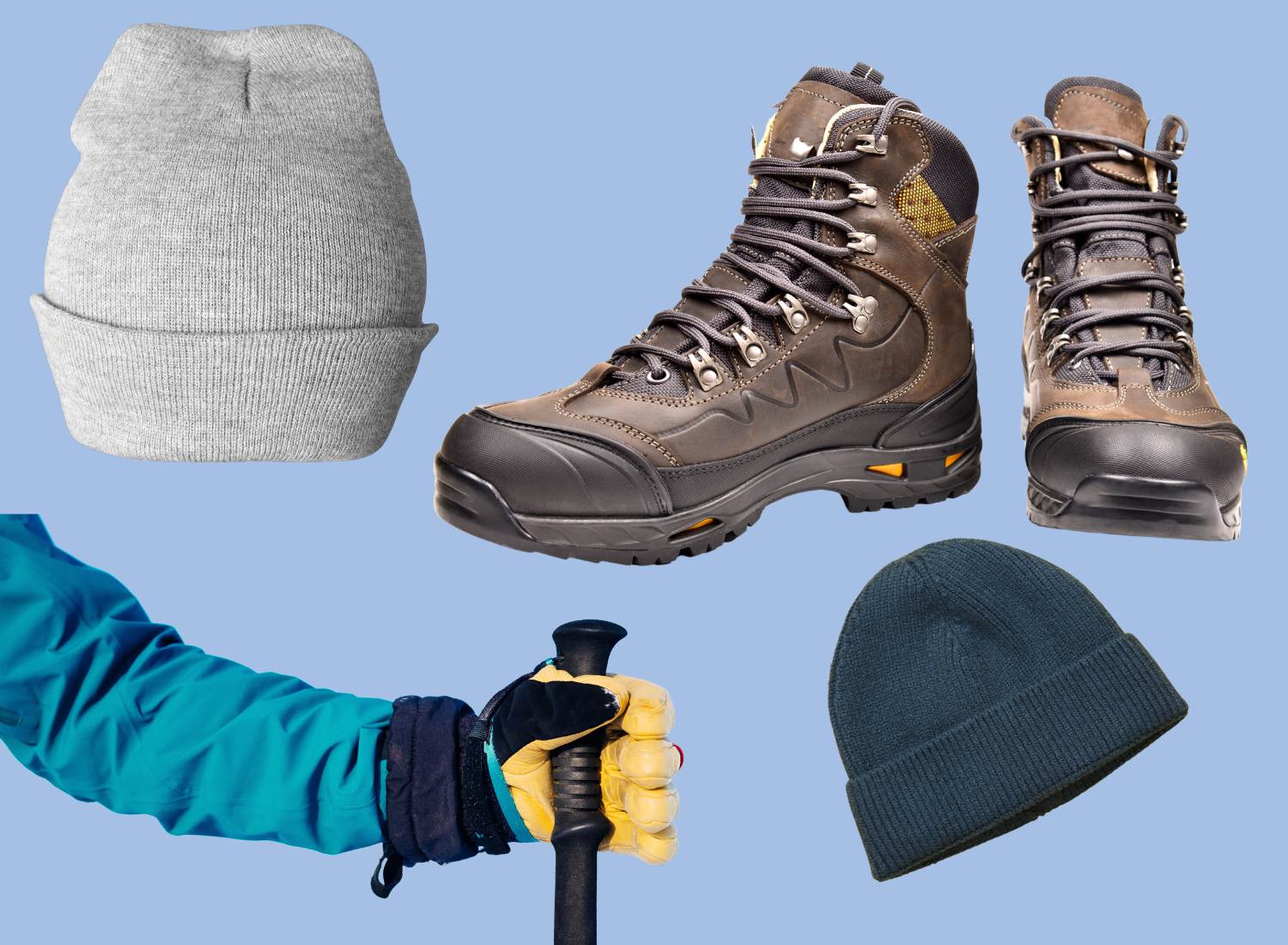How to Properly Layer Clothes for Winter Hiking

Winter hiking is a beautiful adventure, offering serene landscapes and a tranquil environment. However, the cold and unpredictable weather can make it a challenging experience if you’re not dressed appropriately. Mastering the art of layering is essential for staying warm, dry, and comfortable while preventing hypothermia or overheating. Here’s a comprehensive guide to layering clothes for winter hiking to help you enjoy the trails safely.
Why Layering is Crucial
The key to winter hiking comfort lies in managing body temperature and moisture. When hiking, your body generates heat, but when you stop, you cool down quickly. A proper layering system allows you to adjust clothing based on your activity level and external conditions. It helps to:
- Retain Warmth: Traps heat close to your body.
- Wick Moisture: Keeps sweat from cooling your skin.
- Protect from Elements: Shields against wind, snow, and rain.
The layering system typically consists of three layers: the base layer, the middle layer, and the outer layer. Each has a distinct function, and together they create a synergistic effect that ensures comfort and safety.
The Three Essential Layers
1. Base Layer: Moisture Management
The base layer is worn next to your skin and is designed to wick sweat away from your body. Keeping your skin dry is essential for maintaining warmth, as moisture conducts heat away from your body.
- Material Matters: Choose moisture-wicking fabrics like merino wool or synthetic materials (e.g., polyester). Avoid cotton—it retains moisture and dries slowly, making you feel cold.
- Fit: Opt for a snug fit to maximize moisture-wicking properties.
- Options: Lightweight base layers are suitable for high-intensity activities, while midweight or heavyweight options work better for slower-paced hikes in extreme cold.
Example: A merino wool base layer top and bottom is an excellent choice for its odor resistance, breathability, and warmth.
2. Middle Layer: Insulation

The middle layer traps body heat to keep you warm. This insulating layer acts as a buffer between your base layer and the outer layer.
- Material Options:
- Fleece: Lightweight, breathable, and quick-drying. Ideal for milder conditions.
- Down: Exceptional warmth-to-weight ratio but loses insulation when wet unless treated with water resistance.
- Synthetic Insulation: Performs well in damp conditions and dries faster than down.
- Fit: Should be snug enough to trap heat but loose enough to allow layering underneath.
- Adjust for Activity: Use a thinner fleece for high-energy hikes or a thicker insulated jacket for slower-paced treks in frigid conditions.
Example: A synthetic insulated jacket or fleece pullover can work perfectly for the middle layer.
3. Outer Layer: Protection

The outer layer shields you from wind, rain, and snow. This layer should be waterproof, windproof, and breathable to protect your insulating layers.
- Types:
- Hardshell Jackets: Provide robust protection against wind and heavy precipitation.
- Softshell Jackets: More breathable and flexible, suitable for drier or less extreme conditions.
- Features to Look For:
- Adjustable hood for added protection.
- Zippered vents (pit zips) to release excess heat.
- Durable Water Repellent (DWR) coating for water resistance.
Example: A Gore-Tex hardshell jacket is a popular choice for its durability and excellent weather protection.
Accessories: Don’t Forget the Extremities

Proper layering extends to your head, hands, and feet, as these areas lose heat rapidly in cold weather.
- Head: Use a moisture-wicking beanie or balaclava as a base, and add a windproof hat or hood for extra protection.
- Hands: Layer gloves with a liner (e.g., merino wool or synthetic) and a waterproof outer glove.
- Feet:
- Wear moisture-wicking socks made of merino wool or synthetic materials.
- Consider insulated and waterproof hiking boots.
- Use gaiters to prevent snow from entering your boots.
Tips for Layering Effectively
- Adjust Layers Frequently: Remove layers before you overheat to prevent sweating, and add them back as you cool down.
- Pack Extras: Always bring an extra base layer and socks in case your current ones get wet.
- Monitor Weather: Be aware of changing conditions and adjust your clothing accordingly.
- Stay Lightweight: Choose lightweight yet efficient materials to reduce bulk and maintain mobility.
Emergency Preparedness: Be Ready for the Unexpected
Always carry essential items like:
- A packable down jacket for additional warmth during rest stops.
- A waterproof rain cover for your backpack.
- An emergency blanket in case of prolonged exposure to the cold.
Conclusion
Layering effectively for winter hiking can mean the difference between an enjoyable experience and a dangerous one. By choosing the right materials and layering strategically, you can stay warm, dry, and comfortable no matter how chilly the conditions become. Remember to monitor your body temperature and adjust layers as needed. With the right preparation, winter hiking can be an incredibly rewarding way to connect with nature.
So bundle up, lace up your boots, and hit the trails with confidence—your winter hiking adventure awaits!
Your Adventure, Our Experience
At TheCampingList, our dedication to authenticity and reliability stems from our own adventures in the great outdoors. Our team, comprised of seasoned experts in hiking, camping, climbing, cycling, fishing, and hunting, rigorously tests every product and shares insights drawn from real experiences. This hands-on approach ensures our reviews and guides meet the highest standards of durability, functionality, and comfort. Moreover, our platform thrives on the rich contributions and feedback from our vibrant community of enthusiasts. We pride ourselves on delivering unbiased, educational content that empowers and informs your outdoor pursuits. Trust in TheCampingList for genuine advice and support, where we're all about enriching your journey, every step of the way.